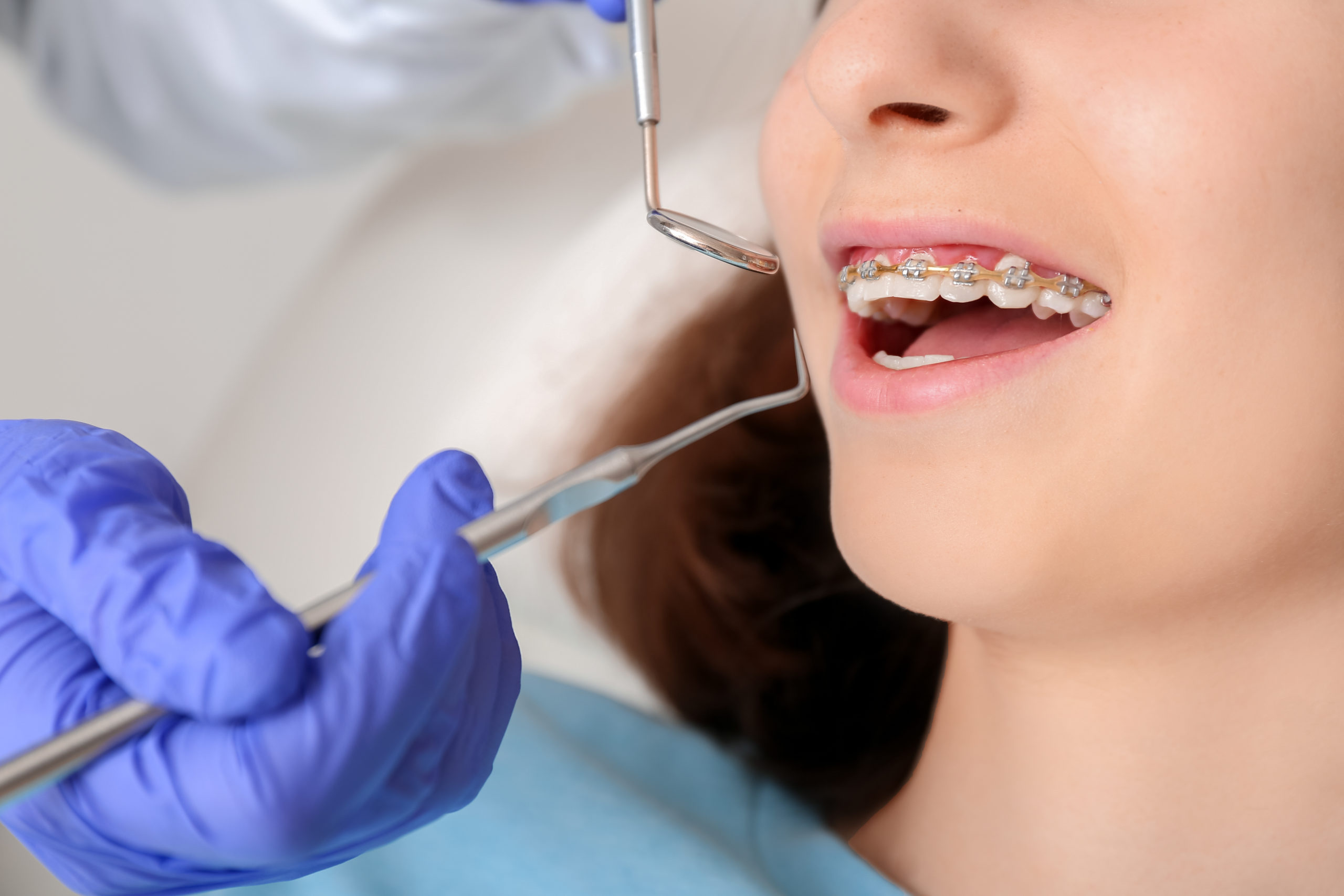How Cumming Orthodontics Addresses Common Braces and Invisalign Concerns
Comprehensive Overview to Orthodontics Treatments for Fixing Dental Misalignments
In the world of orthodontics, the trip to attaining a flawlessly straightened smile includes a myriad of treatments customized to deal with oral imbalances. From standard dental braces to invisible aligners and even surgical options, the field of orthodontics provides a variety of remedies to attend to differing levels of dental irregularities. Comprehending the intricacies of each procedure, including their systems, advantages, and prospective drawbacks, is important in making notified decisions about one's orthodontic treatment. As we browse via the thorough overview to orthodontic treatments for remedying dental misalignments, the intricate details of each technique will unravel, clarifying the path toward a unified and practical oral positioning.
Orthodontic Procedures Overview

In enhancement to typical braces and clear aligners, orthodontists might additionally suggest other treatments like headgear, palatal expanders, or retainers to deal with particular positioning issues (aligners). These procedures are customized per individual's distinct needs and may entail a combination of treatments to accomplish the preferred results. Routine changes and tracking are important components of orthodontic therapy to make sure progression gets on track and to make any type of needed alterations in the process. By going through orthodontic treatments, people can not only accomplish a straighter grin yet additionally improve their overall oral health and feature.
Typical Dental Braces: Just How They Function
When considering orthodontic treatments for dental imbalances, typical braces stand out as a time-tested method for remedying teeth placing. Typical braces consist of brackets, cables, and bands that function with each other to use continuous pressure on the teeth, slowly moving them right into the preferred placement.
As stress is used to the teeth via the braces, the bone surrounding the teeth is reshaped to support the new tooth settings. Clients will certainly require normal changes at the orthodontist's workplace to make certain the dental braces proceed to use the right stress for reliable teeth motion.
Unseen Aligners: Disadvantages and pros
Unseen aligners supply a discreet and hassle-free alternative to traditional dental braces for remedying dental misalignments. These clear, personalized trays are basically unseen when put on, making them an enticing option for people looking for an extra aesthetically pleasing orthodontic therapy. One of the main benefits of unnoticeable aligners is their removability, enabling much easier maintenance of dental hygiene contrasted to standard braces. People can eliminate the aligners prior to eating or cleaning their teeth, decreasing the threat of food getting embeded the home appliance and streamlining the cleaning procedure.

Surgical Orthodontic Options
Surgical treatments in orthodontics existing sensible options for addressing complicated dental imbalances that may not be properly solved through traditional orthodontic therapies. While conventional braces and undetectable aligners can fix numerous orthodontic issues, particular situations require medical treatment to achieve click for info optimum results. Surgical orthodontic options are typically advised for serious malocclusions, significant jaw disparities, and situations where the underlying bone framework needs modification to attain appropriate placement.
One typical surgical orthodontic treatment is orthognathic surgery, which entails repositioning the jaws to deal with practical concerns such as problem talking or chewing. This surgical procedure is typically executed in partnership with an orthodontist that assists line up the teeth prior to and after the procedure. Surgical orthodontics might also include procedures to subject influenced teeth, remove excess periodontal cells, or reshape the jawbone to produce an extra harmonious face account.
Before taking into consideration surgical orthodontic alternatives, patients go through a thorough assessment to establish the necessity and prospective advantages of such treatments. aligners. While surgical procedure might seem overwhelming, it can substantially boost both the function and looks of the smile in instances where conventional orthodontic treatments fall short
Retainers and Post-Treatment Treatment

Failure to comply with post-treatment treatment directions can result in relapse, where the teeth gradually relocate back in the direction of their original positions. Consistent retainer wear, excellent oral hygiene, and regular oral exams are necessary for preserving the results attained with orthodontic surgery and ensuring the lasting stability of the corrected oral positioning.
Conclusion
In conclusion, orthodontic treatments provide different options for remedying dental imbalances. Surgical orthodontic choices are available for extra severe misalignments. Overall, orthodontic treatments can effectively enhance oral health and aesthetic appearance.
As we navigate through the comprehensive guide to orthodontic treatments for dealing with dental misalignments, the detailed information of each method will unravel, losing light on the path toward a practical and harmonious dental placement. - orthodontist
One of the most common orthodontic therapies is the use of braces, which are composed of metal brackets and cables that use gentle pressure to slowly change teeth right into the desired position.When considering orthodontic therapies for oral misalignments, typical braces stand out as a reliable method for fixing teeth placing. In addition, unnoticeable aligners may not be appropriate for complex orthodontic concerns that require even more substantial teeth activity, as they are typically recommended for light to modest situations. Retainers are personalized orthodontic gadgets created to hold teeth in their fixed positions after the completion of orthodontic therapy.